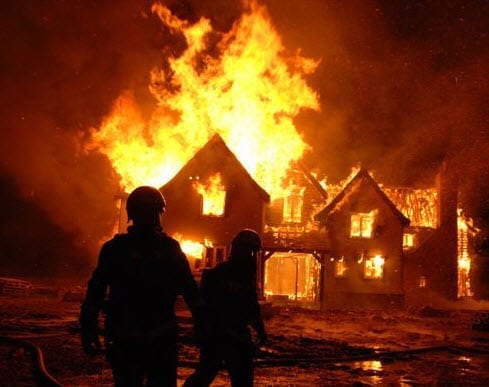Certain areas of the state have now been labeled as high-risk markets which is sending rates skyward.
The Modjeska Canyon has a great deal of appeal for many residents of California, but at the moment, the insurance news that they have been receiving hasn’t been as good as most would have liked it to be.
The area has received a high-risk rating when it comes to being prone to wildfires, making insurance expensive.
Modjeska Canyon has all the benefits of being tucked away against the mountains, close to the Cleveland National Forest and surrounded by nature, and yet it is only 20 minutes away from the greater Orange County area. This has made it a wonderful place to live for people who want the convenience of the city, but within a more natural setting. Unfortunately, what has made this area an attractive place to live has also brought about bad insurance news as they are increasingly prone to wildfires and are becoming more challenging to insure.
The insurance news of this nature has been becoming increasingly dramatic due to California wildfires.
 Over the last ten years, there have been billions of insured losses due to major wildfires in California. As a result, some of the larger insurance companies have stopped selling homeowners policies to property owners located in some of the places that have been designated as having the highest fire risk. This means that almost 2 million homeowners now struggle to be able to find coverage, particularly in the form of an affordable policy.
Over the last ten years, there have been billions of insured losses due to major wildfires in California. As a result, some of the larger insurance companies have stopped selling homeowners policies to property owners located in some of the places that have been designated as having the highest fire risk. This means that almost 2 million homeowners now struggle to be able to find coverage, particularly in the form of an affordable policy.
For example, Allstate Corp hasn’t been writing new homeowners policies in California, as a whole, since 2007. Some of the other homeowners insurance companies, such as State Farm and Farmer’s Insurance have continued to write policies in the state, but only in areas that have not been labeled has a high risk.
This insurance news doesn’t mean that there aren’t any options at all for people in high risk areas, but it does imply that those choices are limited. Fire coverage can be bought by people who can’t find it on the traditional market, by working with a state-established insurance company consortium.
